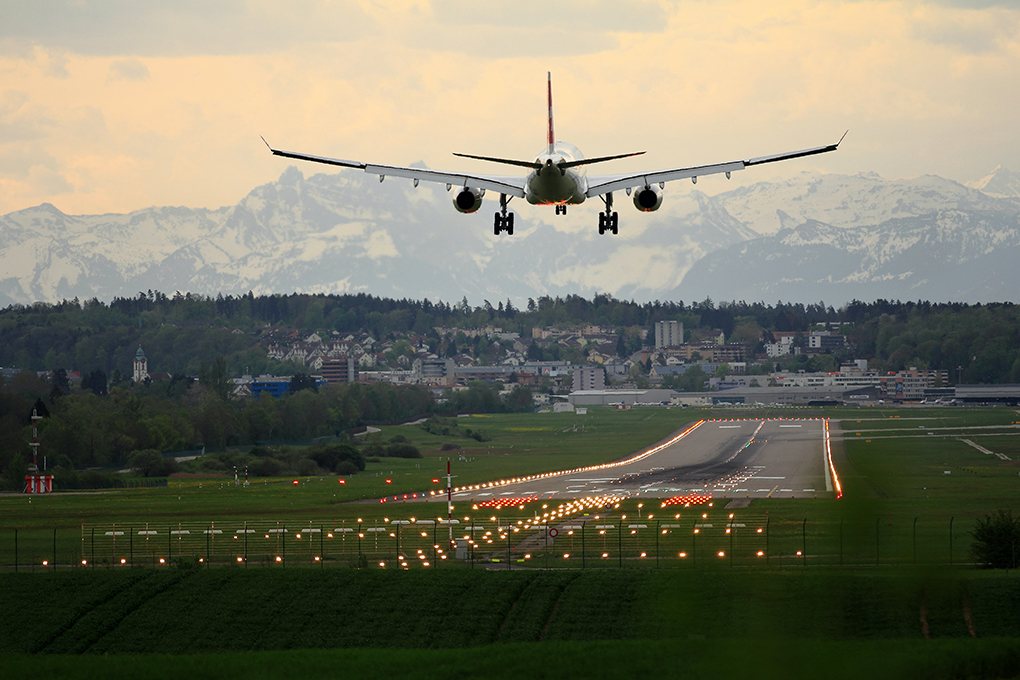The FAA has begun the implementation of a new software that will greatly shorten airplane taxi times prior to taking off. According to Travel Weekly, the system, named Advanced Technology Demonstration 2 (ATD-2), will improve national airspace efficiency using real-time flight traffic data along with the program’s built-in prediction capabilities.
As a result, airplanes will not need to exit from their gates as early as they will be able to go directly from the tarmac to the runway, minimizing taxi time in between. Not only will this save on wait time, it will also help aircraft conserve fuel.
Originally created by NASA to allow the agency to launch spacecrafts more efficiently, over the next 10 years ATD-2 will gradually begin being instituted by the FAA in 27 of the United States’ largest airports. The software system is part of the NextGen air transportation system modernization that the FAA started in 2007.
According to NASA administrator Bill Nelson, “This technology cuts delays by all kinds of hours and the aircraft engines run all kinds of fewer hours. What does that mean? That means less maintenance and fewer engines. This is obviously good for the environment. It’s good for our economy. It’s good for customers.”
Trials of the software have already been successfully run at Charlotte Douglas International Airport, where it saved airlines around 275,000 gallons of fuel per year, an amount equal to the fuel needed for 185 flights between New York and Chicago on a Boeing 737.
Flight delays were lowered by 916 hours yearly, and greenhouse gas emissions were reduced by a whopping eight tons per day.
Dallas/Fort Worth International Airport and Dallas Love Field Airport have also experienced successful trial runs of the system. Phoenix Sky Harbor International Airport is reportedly next in line and will be receiving the ATD-2 software next year.
Related: These 10 U.S. Airports Have The Most Flight Delays and Cancelations
